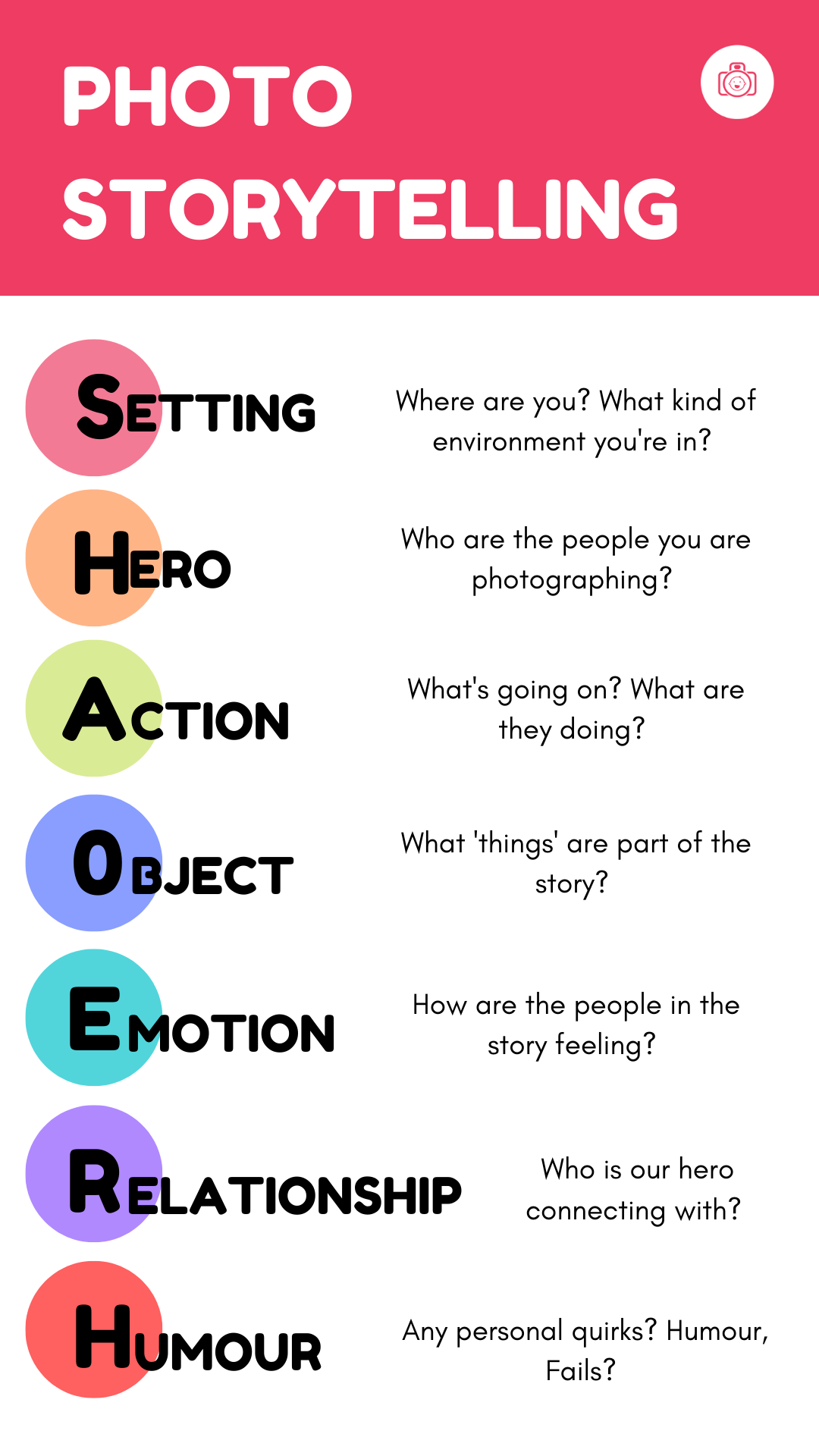Tell me if this sounds familiar :
You go to a lovely location with your kids. Beautiful setting, so of course you want to take some photos.
And you do. All 348 of them.
Then you sit back down to review them and what you discover is that you have :
- 282 images of virtually the same scene with minor differences to your child's expression or position.
- About 20 other photos of the backs of your children's heads as they are ahead of you at all times
- A few pained smiles photos with your kids annoyed at being interrupted and told to look at the camera and smile
- Some random shots of stuff that was going on that looked great in person but didn't pan out how you expected.
- Picture of your car in the parking spot so you don't forget where you left it.
- And you're in none of the photos. As if you weren't there.

Ok, so I exaggerate a bit, but I know that's it's a real concern and in fact when I asked you what you would like to see in the course before we announced it, a list of 'must take' shots was something that came up a few times. And whilst you will have different 'must take' shots in various situations, there is an approach that is more universal, that I would like to introduce you to.
When you tell a story of a daytrip, or an activity, and you want to make sure you capture all the key things. It helps to think of as if you were putting together a film - a good story.
Let me explain:
Every story has its heros, every story has a setting, every story has actions that propel the plot forwards - from small mundane actions, to big action shots. A good story has relationships and emotions and ideally a bit of humor. And those are the elements I always want to capture.
THE BIG STORY - PHOTO STORYTELLING
The setting
Where are you? Is the setting important? Grand? Important to the story? How are your heros finding themselves in it - are they dwarfed by it? Amazed by it? Are they interacting with it? Or is it unimportant and you just want to blur it out into oblivion

The hero(s)
You want to capture the people who are involved in your adventure. Is it just your kids? Great. Your partner? bring them in. Wait, you're forgetting someone - you were there too! Get in the frame!

The action
What is going on? Like step by step? Not just the big things but also the small stuff - the sun cream face, the 'getting to' the destination, the things they do there. The little details.

The object(s)
Key objects. Treasure finds. Pretty flower detail. Muddy boots.

The relationships
how are your heros relating to one another. Are they connecting, interacting? Who else is there? Are they smiling at someone, talking to someone, playing with someone?

The emotions
How are they feeling? Happy? cross? Joyful? Frustrated? In awe? tired? want to just hide?

The humour
There are things that make our heroes laugh, and things that make us laugh about the heros. The fails, the funny surprises.

In short : SHAOREH or SHARE-OH - if anybody finds a better rearrangement for these letter to make a more memorable acronym, there will be a PFP mug in it for you!
If you follow this formula, you will absolutely get lots of diverse images form whatever activity you're photographing. Here is how I captured the very mundane trip to a garden centre and planting some new plants.











Now let's be real:
Will you hit all those 7 markers every time? NO. But listen, if you're in the thick of it, and you remember hero, setting, action - you will already be ahead.
Make yourself the list ( or save the Photo Storyteling image here) and keep it somewhere on your phone to refer back to it if inspiration dries out.
Aim for at least 3 out of the list and then add on as you feel able to.

And if it feels a bit much, try a simplified version of storytelling for Photographers which we mention in most out courses :
Storytelling 1-2-3
When you consider taking a single photo - don't take that one photo, take 3:
Photo 1: Wide - wider view to show the environment - show where you are, the environment that is part of that story
Photo 2: Standard - all about the person you're trying to capture. Fill the frame with them, make them the main point of the image, if they're doing something, show that!
Photo 3 : The detail - preferably a little sensory detail that is important to the story. A detail about your subject or the action or the environment.
